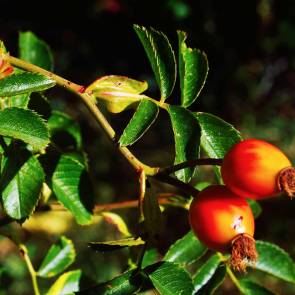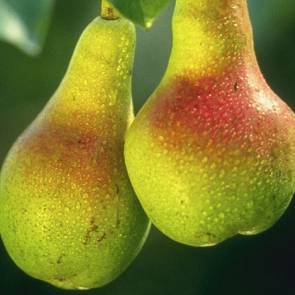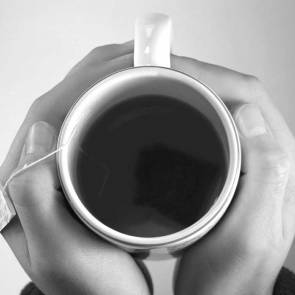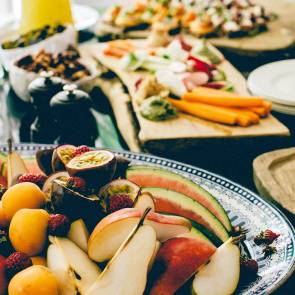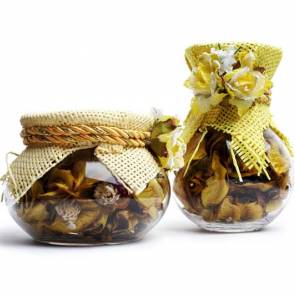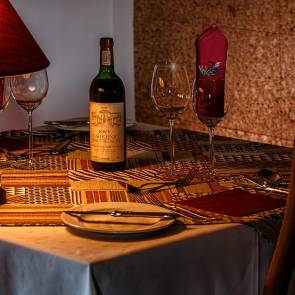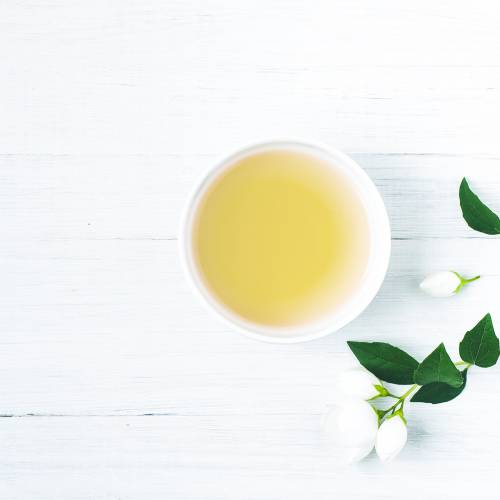
There are different varieties of tea available, but do you know what each one is? In this blog series, we will explore a different type of tea in depth. White tea is the least processed of all tea varieties, so we will start here.
All tea comes from the same plant, Camellia sinensis. Within Camellia sinensis, there are two different varieties, sinensis and assamica. Assamica is typically found in the Assam region of India, and sinensis is found in most other parts of the world where tea is grown.
So what makes tea white? Actually, very little. White tea is the closest you can get to a freshly picked leaf. It is basically a tea leaf that is dried and not processed at all.
Let us take a more in-depth look at this variety of tea.
Region:
Most white tea comes from China, although more and more tea growing regions are beginning to produce white teas. The two most popular white teas from China are White Peony (also referred to as Bai Mu Dan, Pai Mu Tan, Pai Mu Dan, Bai Mu Tan) and Bai Hao Yin Zhen (Silver Needle).
Darjeeling, India also produces some lovely white teas, generally referred to simply as Darjeeling White Tea.
Appearance:
How can you tell if a tea is a white tea? It’s not always because the leaves are white. The only parts that will appear white are the needles*. A nice grade of Bai Mu Dan is also called White Peony. This tea will contain many vibrant green leaves and silver tips. Seeing tips in tea is one of the best indicators of high-quality tea.
Flavour:
The flavour of white tea is delicate. Typical flavour profiles include floral and grassy notes, sometimes also described to have honey, fruity, citrusy, peachy and/or herbaceous notes, subtle sweetness and creamy mouth-feel with a clean finish.
Infusion:
The colour of white tea is often very pale, light yellow or slightly greenish in colour.
Health:
White tea has been linked to numerous health benefits. It is important to note that all teas from the Camellia sinensis plant have very similar health properties.
Some studies have noted higher traces of antioxidants and less caffeine in white teas than other types, while other studies have found that all types of tea offer the same benefits. In either case, white tea is high in antioxidants. Foods high in antioxidants have been linked to improving health by decreasing the risk of poor heart health, cancer, osteoporosis and skin conditions.
How to prepare white tea
Different teas require different infusion methods. The most important factors are water quality, temperature, and timing.
Water quality:
Use good water. If you wouldn’t drink it on its own, don’t use it. We recommend using filtered water. The minerals found in tap water can alter the taste of your tea, even after boiling the water. This is especially true for white tea. The flavour is so delicate to begin with, any other trace flavours can have a big impact on your experience.
Use cold, filtered water, or spring water. If you are going to use tap water, make sure to use cold tap water instead of hot tap water.
- Hot water is stored in your hot water tank. There may be a buildup of minerals in there, plus it is made of metal. All of this can impact the flavour of your water (plus, described like that, doesn’t it sound less appealing?)
-
Hot water is more likely to leach buildup in your pipes. So you’re not only worrying about what’s going on in the hot water tank, but you should also consider what is being picked up in your pipes.
- As a side note, “lead-free” plumbing may contain up to 8% lead. That’s certainly something you do not want leaching into your drinking/cooking water!
Temperature:
Now that you have your perfect water, make sure you heat it to the perfect temperature!
White tea is best with water boiled to 75°C. No need to worry if you don’t have a thermometer or a fancy kettle to stop at the right temperature. We have two tricks:
- Once you start seeing steam, pay attention. When bubbles start forming at the bottom of the kettle, turn it off (or remove it from the heat).
- Once the water has boiled, remove it from the heat and uncover it. Allow it to sit for 5 minutes to cool down.
Why worry about the temperature? It’s simple. White tea leaves are delicate. High temperatures can “burn” the leaves, leaving a flat and slightly bitter flavour. If you are using one of the above methods and are unsure if your water is at the right temperature, err on the side of cooler water rather than hotter. Cooler water will still yield a delicious brew, but hotter will result in a decrease in flavour.
Timing:
2-3 minutes is enough for white tea. We recommend starting with 1-2 minutes, and infusing for a maximum of 3 minutes if necessary. If you find that 3 minutes gives you a cuppa that is lacking in flavour, add more tea leaves, don’t infuse for longer. Also, keep in mind that white tea has delicate flavours, so you may just be feeling used to stronger teas
*Needles or tips are the most prized part of a tea plant. The top leaf is the only part used to make this needle tea, which is why teas with more tips (or teas of only tips) are so expensive. These appear as long and thin tea leaves in the shape of a needle with soft and fluffy hairs.
How to pair white tea
For starters, we don't think white tea really should be paired with anything. The delicate flavours are best enjoyed alone, so you can appreciate the subtle nuances of each taste. That being said, if you are going to be serving with food, here are a few suggestions of what to pair with a cup of straight white tea.
- Light vegetables - cucumbers, mild flavoured greens, and salads with mild dressing (think olive oil and maybe vinegar).
- Mild cheese - Emmental, cream Havarti, gouda, muenster, Edam, fontina are some examples of generally mild cheese
- Light fish - cod, tilapia, haddock, snapper are some examples of mildly flavoured fish. Fish prepared simply, with a touch of lemon perhaps, can pair well with white tea.
Besides pairing with food, white tea can be used in food for a subtle flavour. Take a peek at the 5-course meal we created for Valentine's Day that features white tea as an ingredient in a delicious, clean broth.
You can also try to pair white tea with flavours you notice in the tea. Does your white tea have a subtle peach note? Try pairing with fresh or grilled peaches!
Blended white tea will have stronger flavours in most cases, but often blended teas are best for use as iced tea or in tea cocktails instead of paired with food. However, we've added blended teas to food pairings before, so feel free to experiment and see what you enjoy.
White tea cocktails
Using tea in cocktails is a great way to add flavour and complexity to your cocktail without any added sugar. Here is how we would use straight white tea (unflavoured, not blended with other ingredients) in a cocktail:
- Make a tea concentrate: Infuse 1/2 cup of white tea in 4 cups of hot, not boiling, water, around 75°C for 2 minutes. Remove tea leaves and allow the infusion to cool.
- Add 1 oz of white tea concentrate with 1 oz sparkling water and your favourite light spirit (we suggest a dry white wine, vodka or gin) and serve over ice.
Do you own a business?
Does white tea have a place in your tea collection? We certainly think so. Although many white tea varieties are expensive, Shanti Tea offers some delicious blends to suit any budget. A simple, unflavoured and unblended white tea is a great tool to elevate any tea selection. Contact info@shantitea.ca today to learn more.


